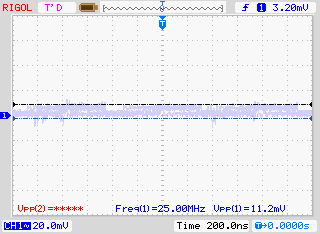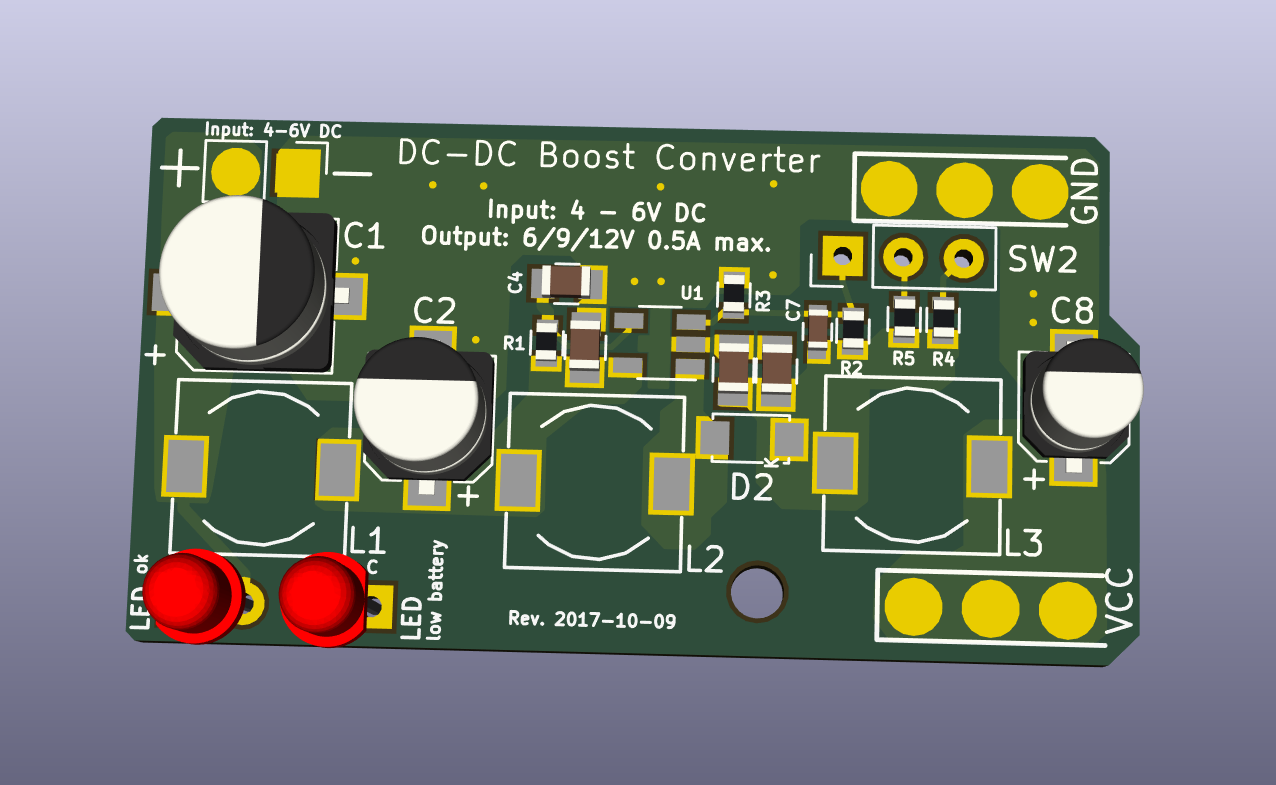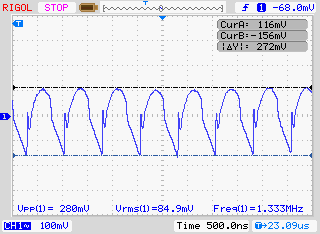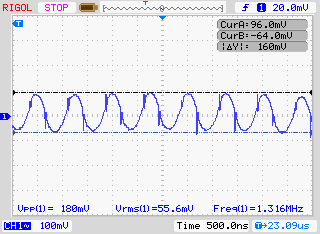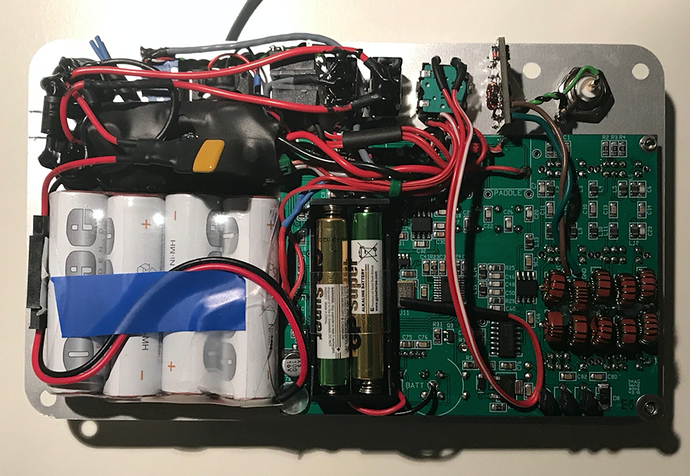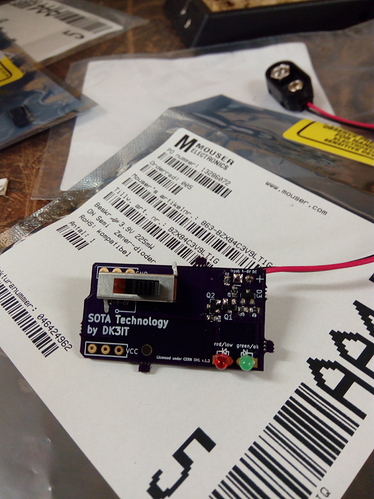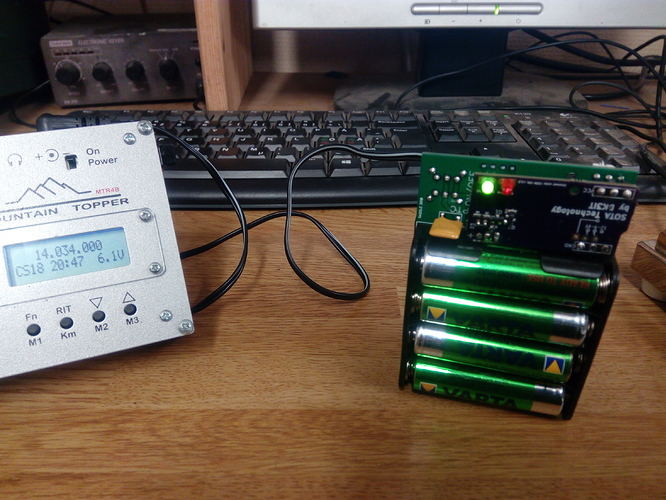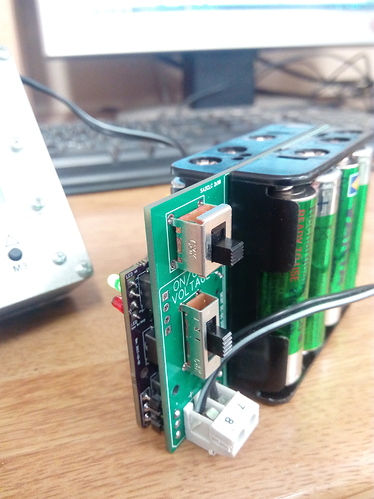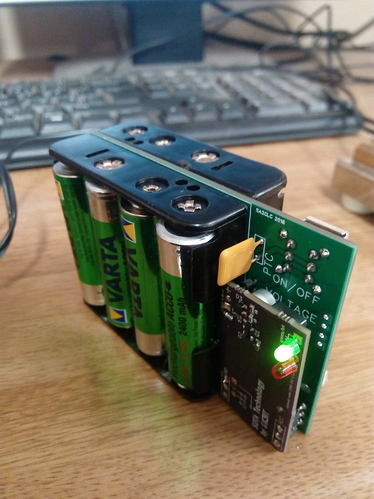Hi all,
Mountain Toppers and other popular QRP rigs need 12 V DC to produce full 5 W output. Most people either use combination of cells (e.g. 8 x 1.5 V batteries, 10 x 1.2 V NiMH cells, 2 - 3 LiPo cells, etc.) for this purpose. This has two problems, however:
-
Because the cell voltage has quite a range during the discharge cycle, you have to factor in some safety buffer for fully charged cells and their higher voltage (e.g. 3 x Lipo can have 3 x 4.3 → 12.9 and more when fully charged).
-
You get full voltage and thus full 5 W power only at the beginning of the discharge cycle.
DC-DC converters are one way of handling this, because they can convert DC voltages from low to high voltage (“boost converter”), high to low voltage (“buck converter”) or either way (“buck-boost converter”).
The problem with such DC-DC converters is that they are prone to cause EMI due to their high switching frequencies and fast transients. Thus, many ham radio operators hesitate to use them near sensitive HF receivers.
In order to solve that problem, I designed a DC-DC boost converter with highly effective input and output filters, specially targeted at QRP rigs like the MTR series.
The output voltage is switchable to 6, 9 or 12 V, and the output current can be up to 500 mA, depending on the ratio of input to output voltage. This allows operating with 1, 2.5 and 5 W with a MTR or similar transceiver.
It is meant to be used with either 4 NiMH cell packs (e.g. AA) or 2 LiPo cells.
The circuit also contains a low battery indicator that can be configured to a warning at 3.9 (4 x NiMH) or 6.2 V (2 x LiPo).
The whole project is available as Open Hardware at
I assembled and tested a first prototype, and it works like a charm.
As usual, the PCBs can be ordered from OSH Park:
https://oshpark.com/shared_projects/79qs1gwU
The part list is included in the Github repository as an Excel file:
https://github.com/mfhepp/gobox-power/raw/master/hardware/go-box-power.xlsx
Same holds for the schematics:
Maybe you find this useful for your own projects.
73 de Martin, DK3IT
